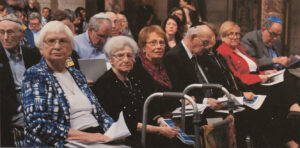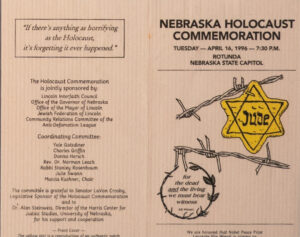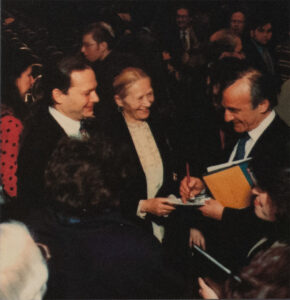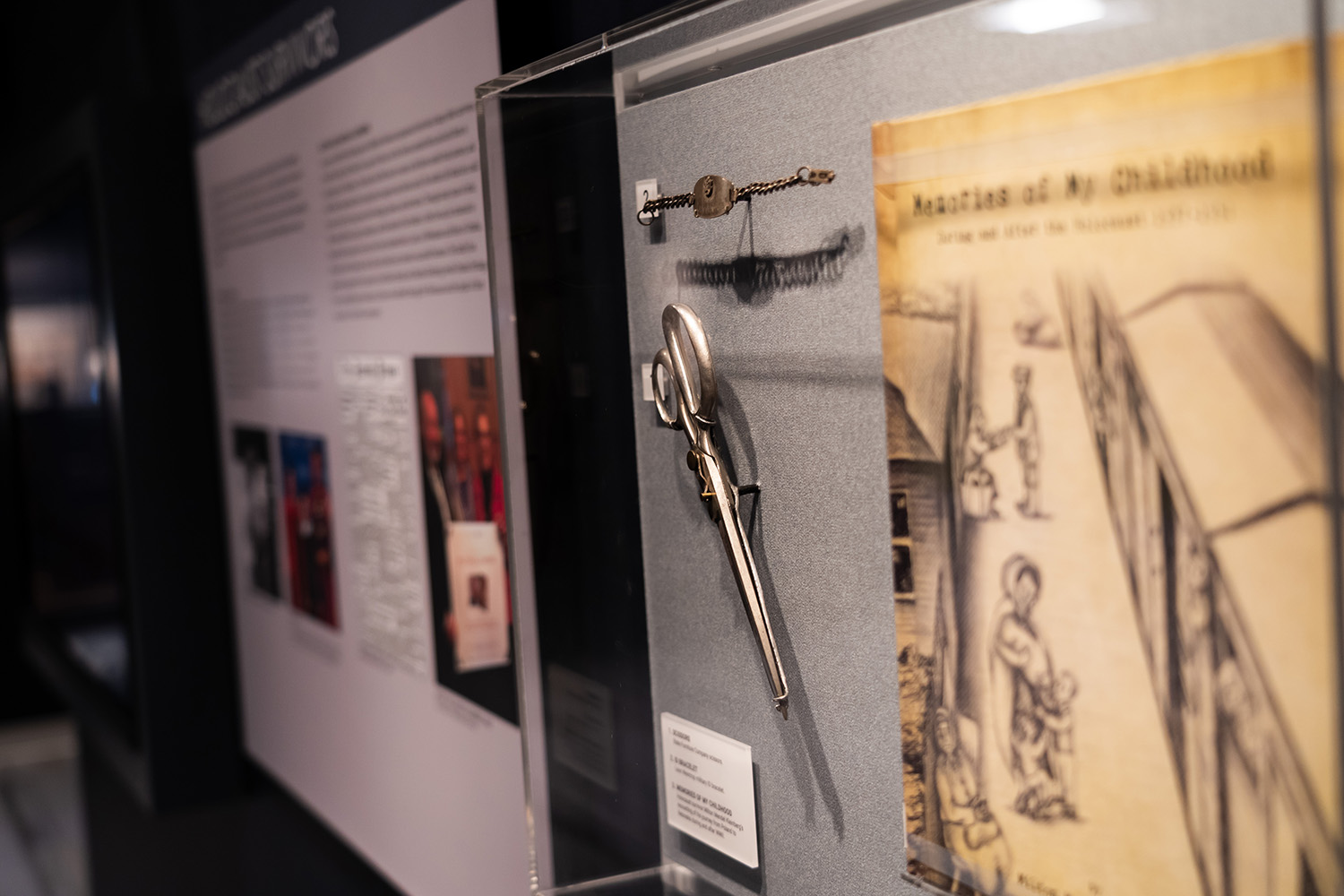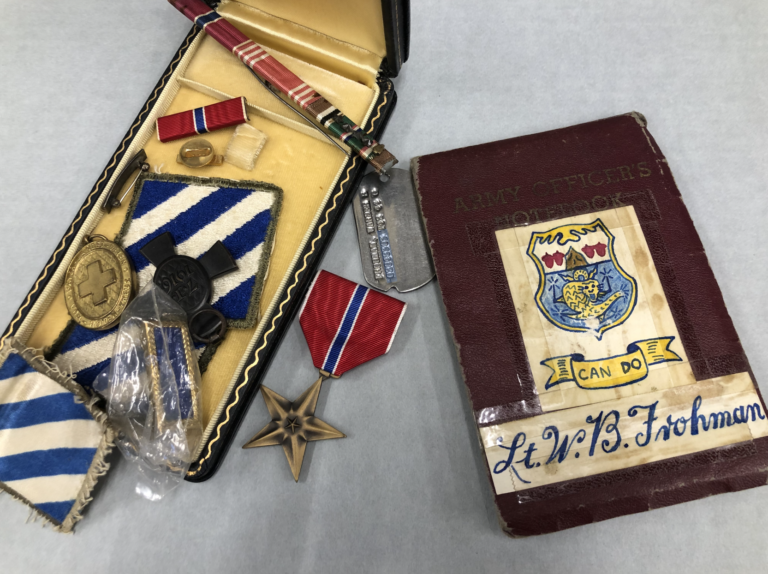
Holocaust (Shoah) refer to the state-ordered, systematic destruction of the European Jewish population from 1933-1945. Six million Jews-one in every three in the world — were put to death by the Third Reich, Adolph Hitler’s German state. The Jews who survived this tragedy wanted to live in a free and democratic country, and when possible they emigrated to the United States. Many survivors settled in Nebraska to restart their lives.
ARRIVAL IN OMAHA
After the war ended in 1945, Jewish survivors who wanted to come to the United States needed visas and sponsors. Many waited for their documents, often for years, in Germany’s Displaced Persons camps. The survivors came from Poland, Germany, Austria, Hungary, Czechoslovakia, Lithuania, France, Belgium, and Holland. Survivors with no relatives in America who could provide financial help were sponsored by the Jewish Federation of Omahas philanthropy drive. From 1949-1950, the JFO sponsored 125 families, the greatest migration of Jews to Omaha in a single year since 366 settled here in 1907. Many organizations responded to their needs, including the National Council of Jewish Women and the Medical-Dental Advisory Board.

Bella Eisenberg and Bob Eisenberg, 1956

Bea Karp
Receiving her honoary doctorate at Creighton University with and Dr. Leonard Greenspon, Klutznick Chair in Jewish Civilization and Father John Schlegel, Creighton University President

Jewish Press Article, 1949
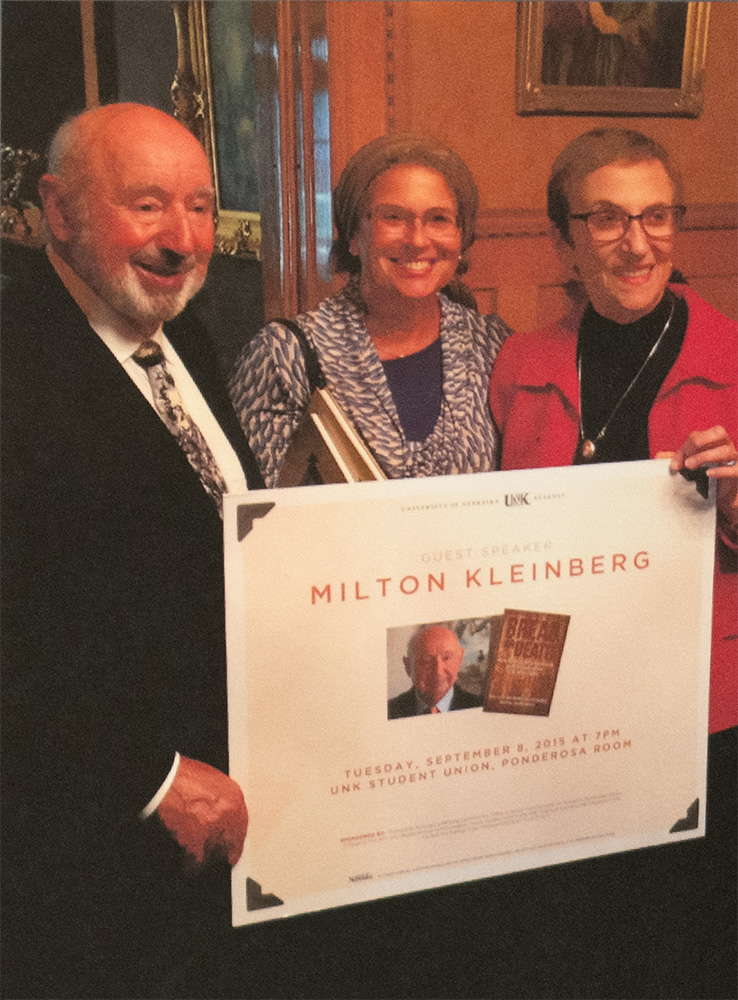
MILTON AND MARSHA KLEINBERG
Four-year-old Milton Kleinberg had a different Holocaust experience from that of many other surviv He and his family fled Poland to escape the Nazis, but the Soviets arrested them and sent them to labor camps in Uzbekistan. The family had little food or water on the three-month train journey, an Milt’s father abandoned them, taking their passports and ration cards. His mother did what she cou to protect her three young sons from beatings, disease, and starvation. Through many years of exile, Milt endured illness, injury, predators, and the deaths of his brothers. After the war, he returned to Poland with his mother, who met her future husband there. Later, in Milwaukee and then in Omaha Milt and his wife, Marsha, built a life and family and created a successful business. The family has generously supported the creation of the Milton Mendel and Marsha Kleinberg Jewish Omaha Herita Center, exemplifying the resilience of those who suffered through the Holocaust and the depth of their connection to the Jewish community. Pictured: Milton and Marsha Kleinberg, 2015, University of Nebraska Kearney
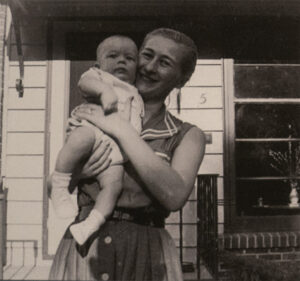


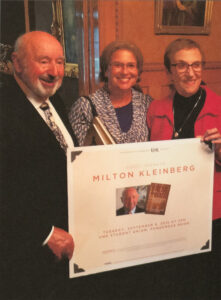
Every survivor suffered the trauma caused by their experiences during the war. Each had to overcome many obstacles to restart a life in a new country, including learning a new language, a new culture, and new traditions. Many had to start or complete an interrupted education, build a new business, learn a trade, or establish a professional career. All of them had to learn once again how to be a part of a Jewish community.
EDUCATION AND MEMORY
In 2000, Beth Seldin Dotan founded the Institute for Holocaust Education (IHE) to address the broader community’s growing interest and curiosity about the Holocaust and the increasing demand for speakers. Private donations and support from the Jewish Federation of Omaha helped IHE fulfill its mission to teach the history of the Holocaust and increase awareness of the perils of antisemitism, racism, and hatred. Each year, it provides more educational resources, workshops, survivor testimonies, and integrated arts programming to students, educators, and the public. Omahas institutes of higher education have also created opportunities to study the Holocaust. Every program seeks to foster a vigilant, compassionate citizenry that respects the values of freedom and democracy. All of these efforts help ensure that the lessons of the Holocaust will not be forgotten.
MAKING A LIVING
One of the biggest challenges survivors faced was finding a way to support their families. Some could continue in a trade they already knew. Tailoring saved Carl Rosenberg’s life in the concentration camps, and he restarted this work in Omaha. The Organization for Rehabilitation through Training (ORT) trained others like Joe Polanski and Norman Silver in such trades as electronics and leathermaking. Still other survivors worked as bakers, mechanics, carpenters, laborers, and business owners. Those who weren’t yet fluent in English could improve their language skills in night school classes.
COMMEMORATION
In 1978, about a hundred survivors from Omaha, Lincoln, and Sioux City formed the Society of Survivors. It formalized a Yom HaShoah commemoration that takes place each spring. In the service, survivors or their descendants light a Yizkor (memorial) candelabra created by Annette Fettman. Each candle represents one million of the six million Jews who perished during the Holocaust. Survivor Sam Fried donated a Six Million Lights memorial plaque to each synagogue that displays a light that flickers six million times per year. Other commemorative memorials include the broken menorah located in the Jewish Federation of Umaha entry hall, the Walter & Helena Tichauer Holocaust Survivors Reflection Garden on the JCC grounds, and the Nebraska Holocaust Memorial in Lincoln’s Wyuka Cemetery.
TESTIMONIES
Few survivors spoke about their experiences in the years right after the war. Students did not learn about the Holocaust in school, and survivors didn’t tell their stories. Decades after establishing their new lives, Bea Karp and a few other survivors began giving testimony of their war experiences. Television shows and movies about the Holocaust piqued the public’s interest, and more schools and institutions asked survivors to come and speak. After the release of Steven Spielberg’s movie Schindler’s List, the director began filming interviews with survivors to record their testimonies for posterity. Omahans Ben Nachman and Shery Tatelman interviewed many Omaha survivors, and more and more began to speak about what they had endured.
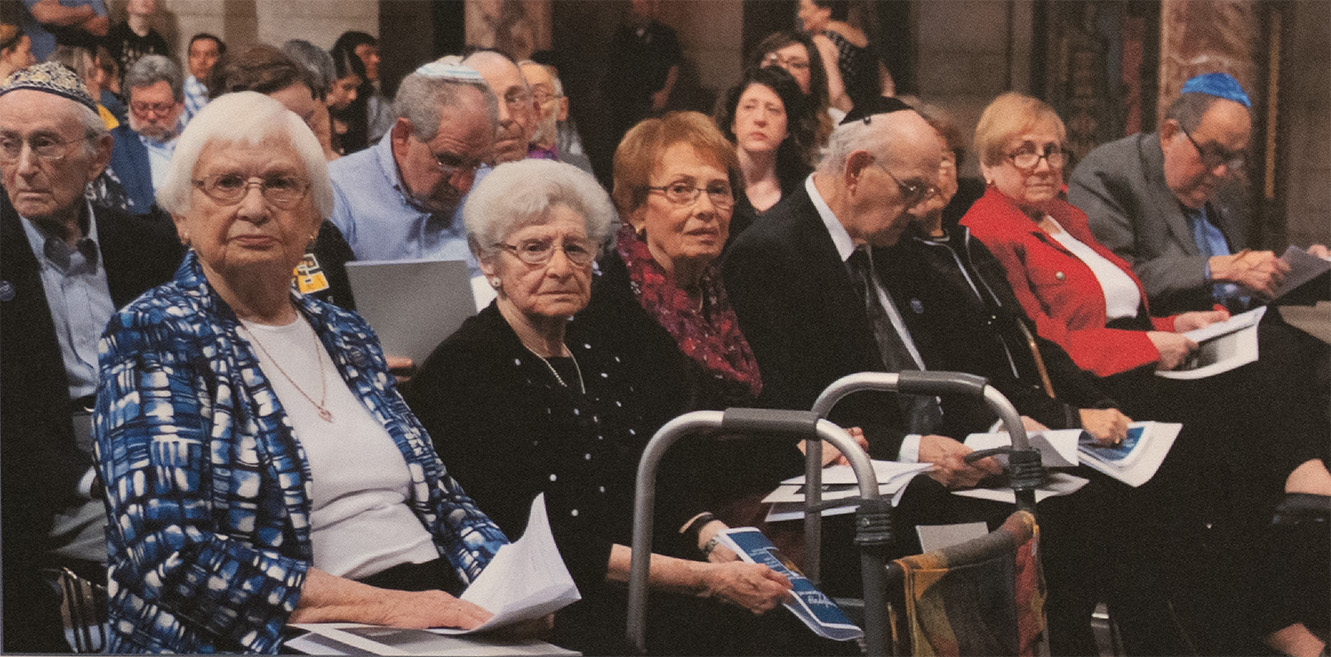
Survivors at the State of Nebraska Holocaust Commemoration in Lincoln, 2017

Nebraska Holocaust Commemoration Program, 1996
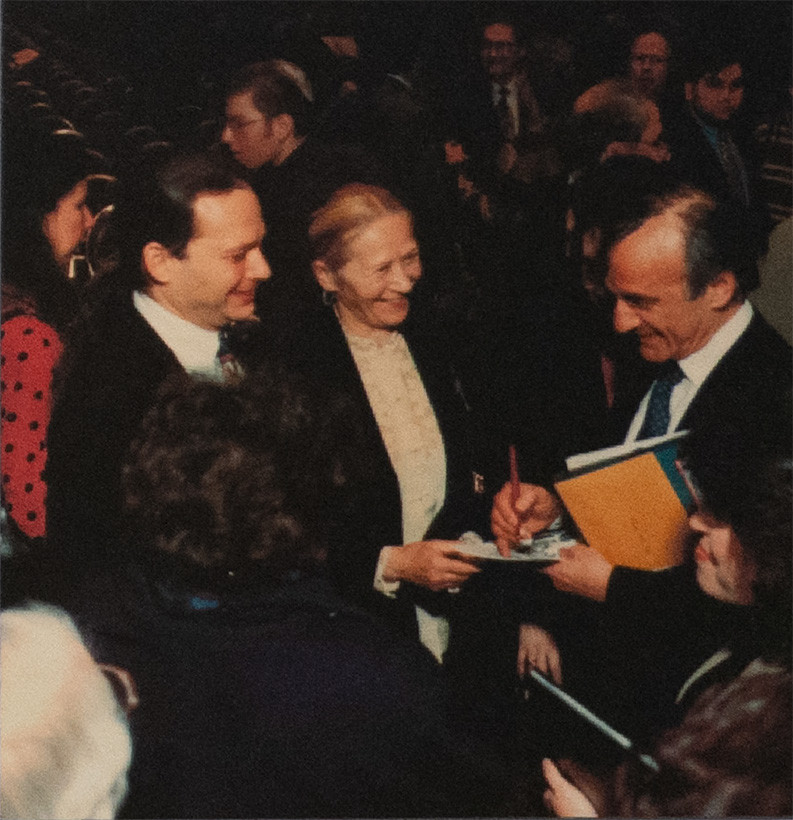
Bob and Bella Eisenberg, Elie Wiesel, 1994
UJA/Federation Campaign
